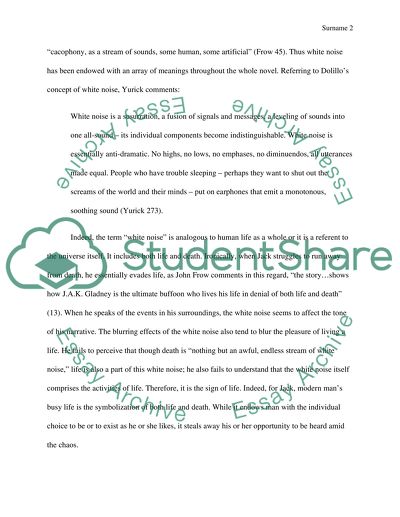Cite this document
(“White Noise: An Umbrella Term for Modernity-Induced Perception of Life Essay”, n.d.)
Retrieved from https://studentshare.org/english/1464986-what-do-the-sounds-in-white-noise-represent
Retrieved from https://studentshare.org/english/1464986-what-do-the-sounds-in-white-noise-represent
(White Noise: An Umbrella Term for Modernity-Induced Perception of Life Essay)
https://studentshare.org/english/1464986-what-do-the-sounds-in-white-noise-represent.
https://studentshare.org/english/1464986-what-do-the-sounds-in-white-noise-represent.
“White Noise: An Umbrella Term for Modernity-Induced Perception of Life Essay”, n.d. https://studentshare.org/english/1464986-what-do-the-sounds-in-white-noise-represent.


